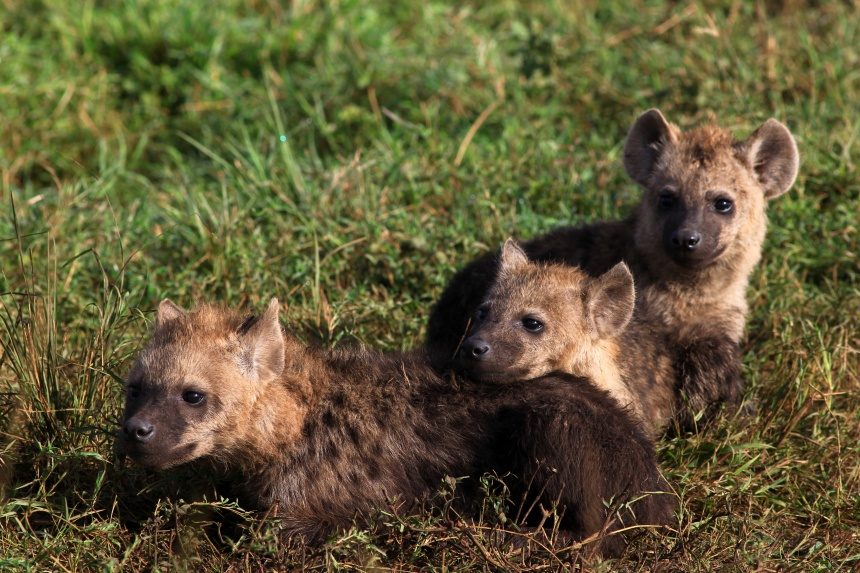Animal names can be funny things. Though zoologists eventually get around to attaching fancy, multisyllabic nomenclature to whatever new types of animals are discovered, the colloquial names we use for wildlife are often created by consensus among groups with only short exposure to the animal and little scientific background. Often enough, an unfamiliar animal gets its name from a characteristic that reminds us of another, more common creature.
Take, for example, all the marine creatures that are named for land creatures, like the sea cow, the seahorse, the tiger shark, and the catfish, all named for their resemblance to more well-known land animals. At the other end are all the non-fish creatures that ended up with fish in their name just because they live in the water — like starfish, jellyfish, and crayfish (not to mention shellfish).
And those are only names that trace back to other English words. In many cases, we don’t even recognize the connection a name makes between two animals because their names are derived from other languages. Walrus, for example, comes from Scandinavian roots and means “whale horse,” and hippopotamus is Greek for “water horse.”
Pigs (aka swine, hogs, boars) find their way into the names of non-porcine animals as well. There are hedgehogs, tiny (and adorable) mammals with a pig-like snout that are often found rooting through people’s hedges looking for insects to eat, but they’re not actually hogs. And then there are guinea pigs, which are doubly misnamed: They’re rodents, not pigs, and they aren’t even native to Guinea.
Like with walrus and hippopotamus, pigs found their way into other not-so-obvious animal names.
Porcupine
If you’ve ever wondered whether pork tenderloin and porcupine are related somehow, the answer is yes — but only etymologically. Both trace back to porcus, the Latin word for “hog.” Porcupine came to Old English through the Old French porc-espin, literally “spine-hog.”
We didn’t settle on porcupine quickly, though. The word began as porke despyne, and throughout Middle and early Modern English we find references to portepyns, porkenpicks, and porpoynts, and Shakespeare even used porpentine in Hamlet.
Regardless of what this prickly critter was called, it was always, like the guinea pig, a rodent and not a pig.
Porpoise
The same Old French porc that’s in porcupine also gave use the first syllable of porpoise. The second syllable comes from the Old French peis (from the Latin piscis), meaning “fish.” A porpoise is literally a pigfish, much to the surprise of the actual pigfish.
Before porpoise found its way into Middle English, porpoises (and probably dolphins) were called mereswyn in Old English — that’s “sea pig,” derived from the same mere that appears in mermaid, indicating a large body of water, plus swyn, which would become the modern swine.
Hyena
If you’re like me, when you imagine a pig, you picture a plump, pink, practically hairless thing rolling in the mud. But there’s so much more to swine than what we see on the farm and in fiction. Some wild boars, for example, are dangerous animals sporting sharp tusks and covered in thick, coarse fur.
Someone long ago must have been reminded of those boars’ coarse bristles when they saw their first hyena — a dog-like, strong-jawed carnivore. Why else would they name it, in Greek, hyaina, from hys, the Greek word for “pig,” with the feminine suffix –aina. This name traveled through Latin (hyaena) to Old French (hiene) to Middle English (hyene) to the Modern English word hyena.
Bonus weird animal fact: Though hyenas have a distinctly canine appearance, biologically they are more closely related to cats than to dogs.
Featured image: Shutterstock
Become a Saturday Evening Post member and enjoy unlimited access. Subscribe now




Comments
At the other end are all the non-fish creatures that ended up with fish in their name just because they live in the water — like starfish